Climate:
Drought Restrictions, Farmers
Story:
The efforts to observe our Bactelife techonology on this alfalfa farm begain in 2021. Results from the first cutting of alfalfa were more dramatic than anticipated. Goals included reducing use of fertilzer, decreasing water usage, and increasing crop yield.
Application Process:
Bactelife was applied to a section of acreage through the central pivot.
Fertilizer reduction potential
12 days of application
Within the first 12 days of application, changes in the soil were already detectable. Untreated acreage was calling for 60 pounds of phosphorus per acre, while the treated side called for no additional phosphorus. With fertilizer prices rising between 100-300% in 2022, the farmer has the potential to significantly reduce fertilizer costs while maintaining crop output.
Nutrient Value:
Relative feed value in crops was higher
Water Availability:
Water availability was higher and the evaporation rates were 15% lower
More Stable Root Zone:
Temperatures in the root zone were more consistent
Crop Advancement:
Alfalfa was maturing 8 days faster with the product. If a farmer would cut at 1/10th bud, the potential of securing more tonnage in a solid 4th or additional 5th cuttings is possible.
Progress over time

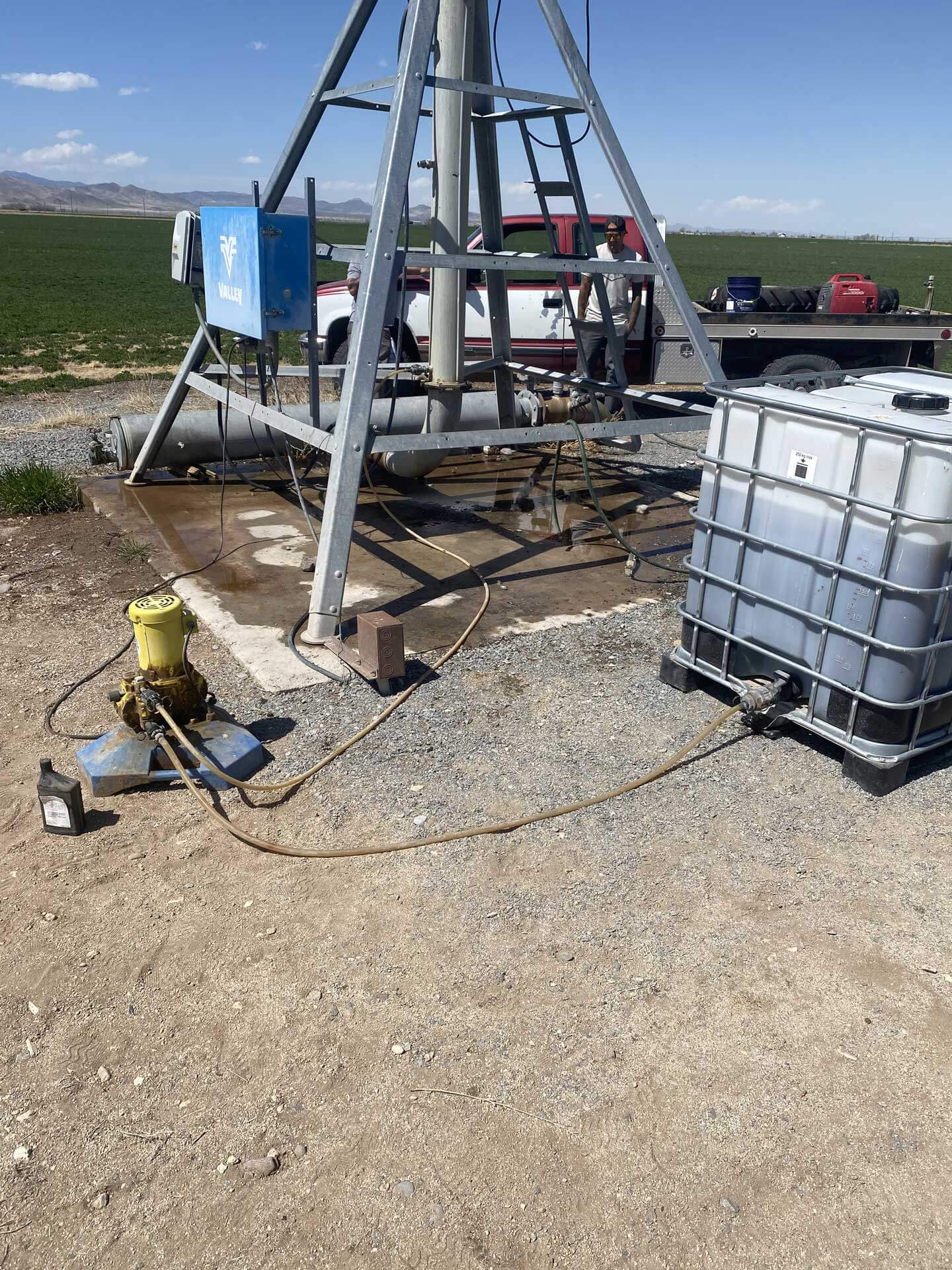
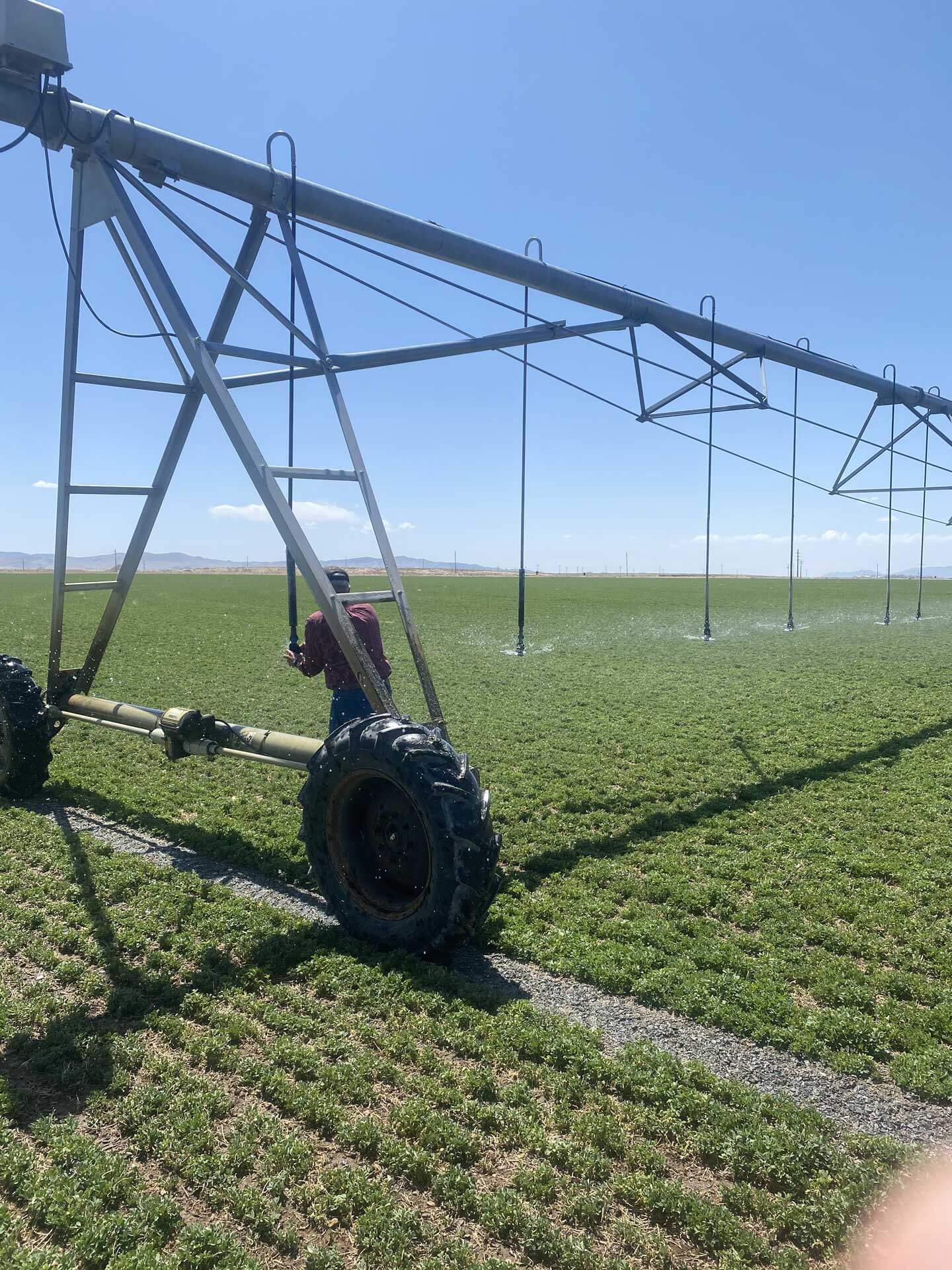
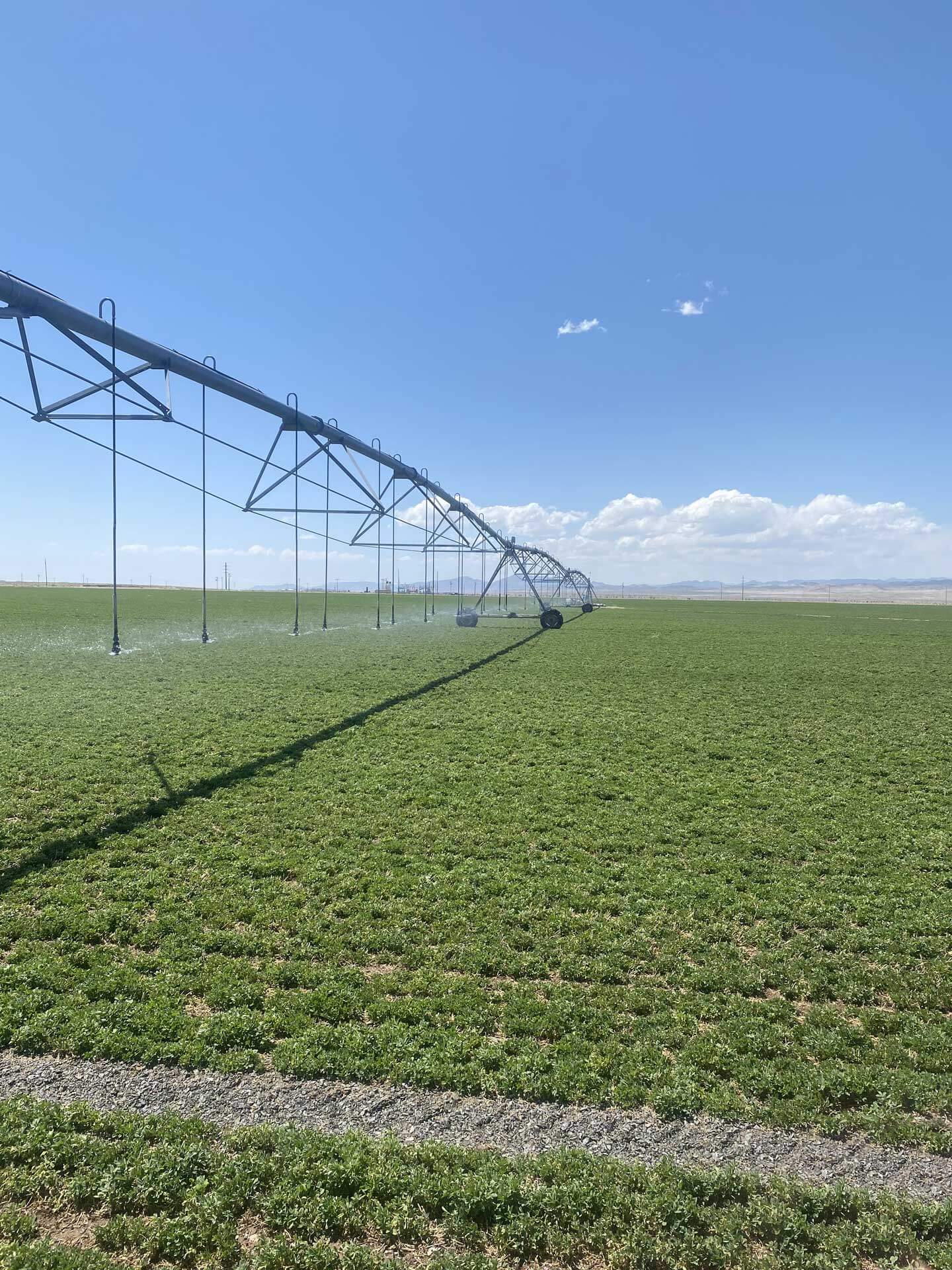
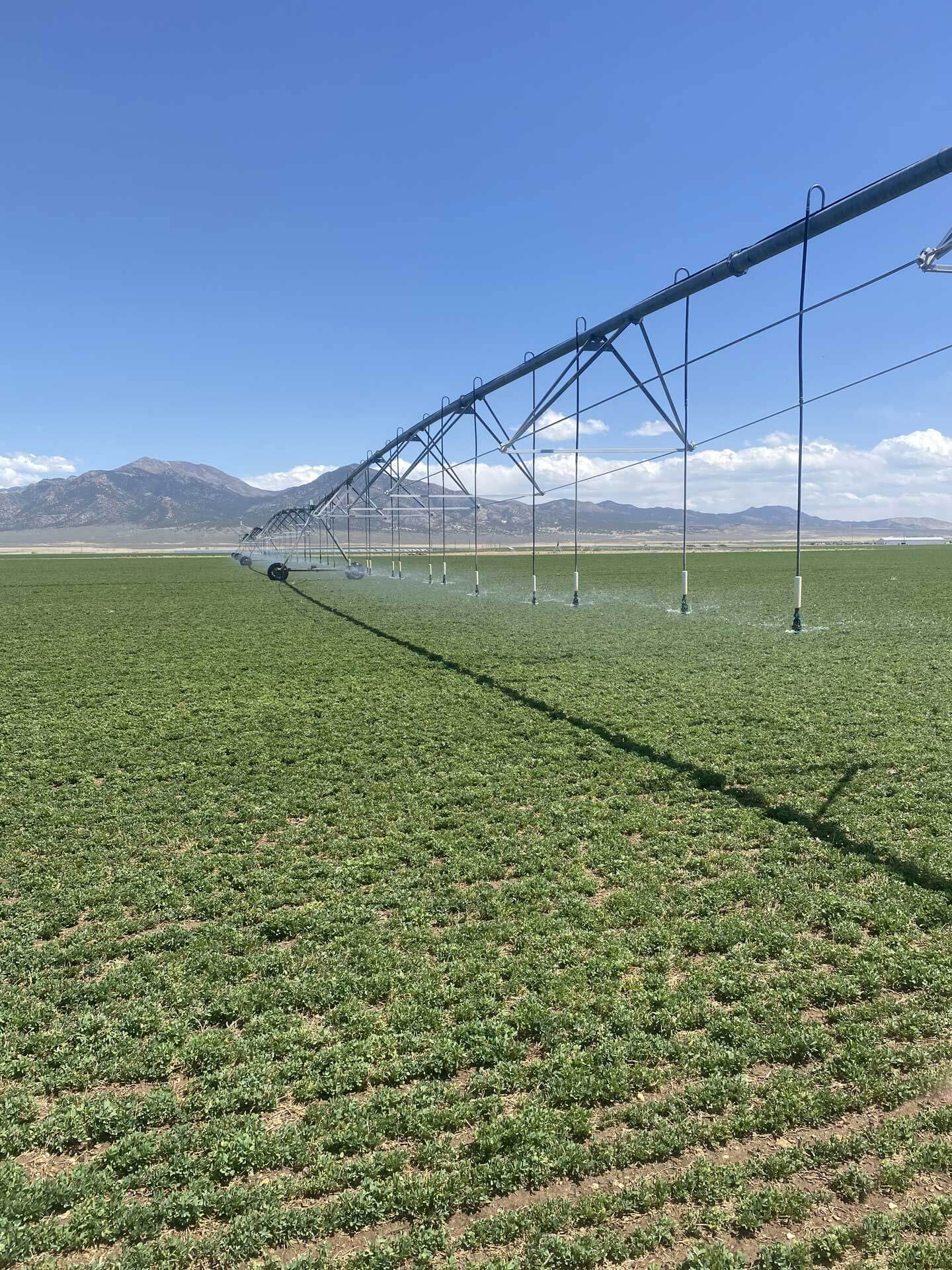
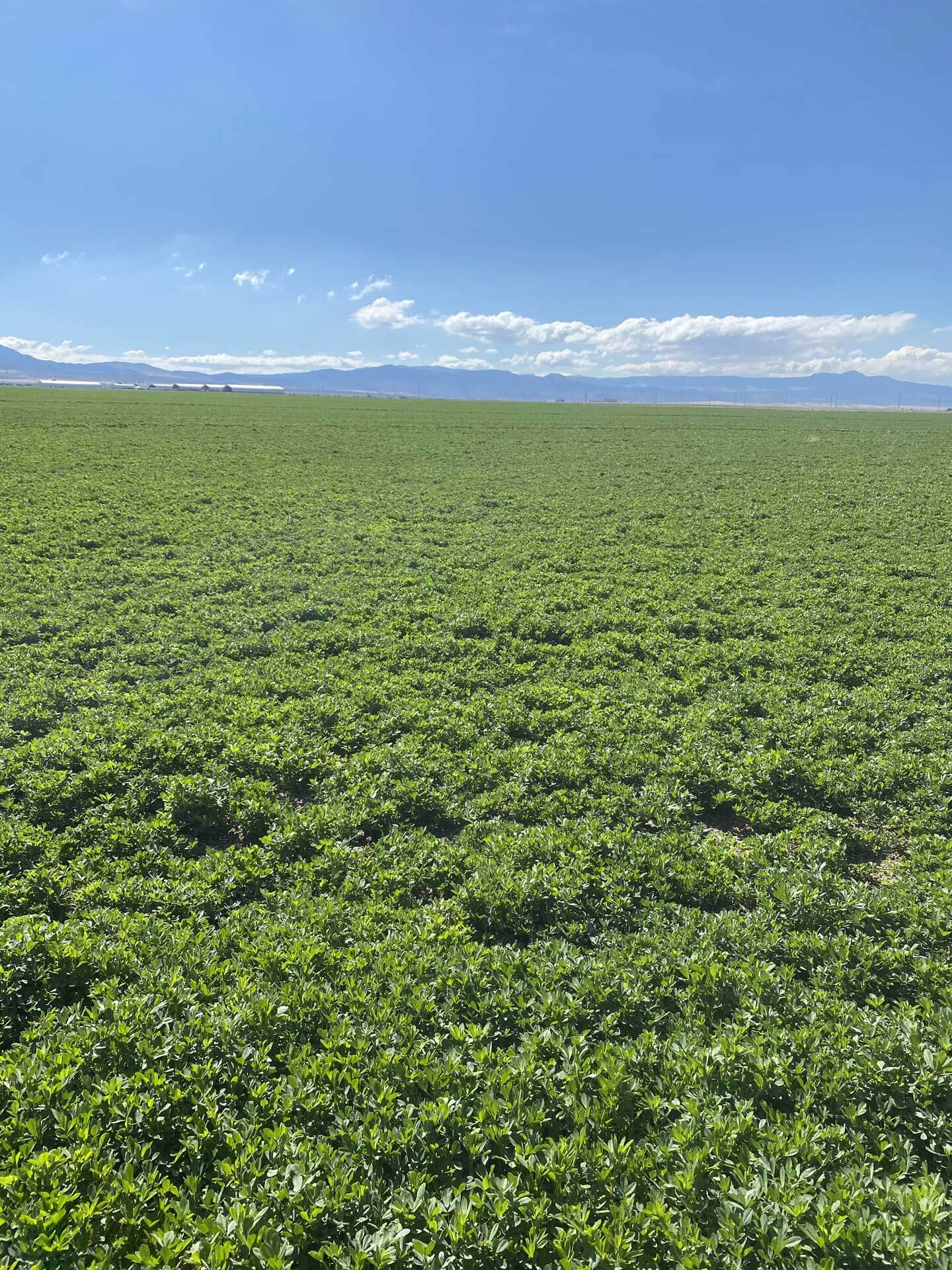
Conclusions
In 2021, we learned that our technology had the potential for farmers to reduce water, increase crop yield, and significantly reduce fertilizer costs. Bactelife is advancing our technology in 2022 to further meet the needs of farmers. Our newest formulation is projected to advance the maturity of crops, allowing farmers to secure more cuttings of alfalfa. With advancements in nanotechnology, our crops will reduce the need for expensive fertilizations by more than 50%. It is anticipated that farmers can still reach the production needed in their fields and reduce water demand by 30-50%. Bactelife will be advanced in farms, labs, and Universities with the intent of increasing both credibility and value.

